Active management raises yields
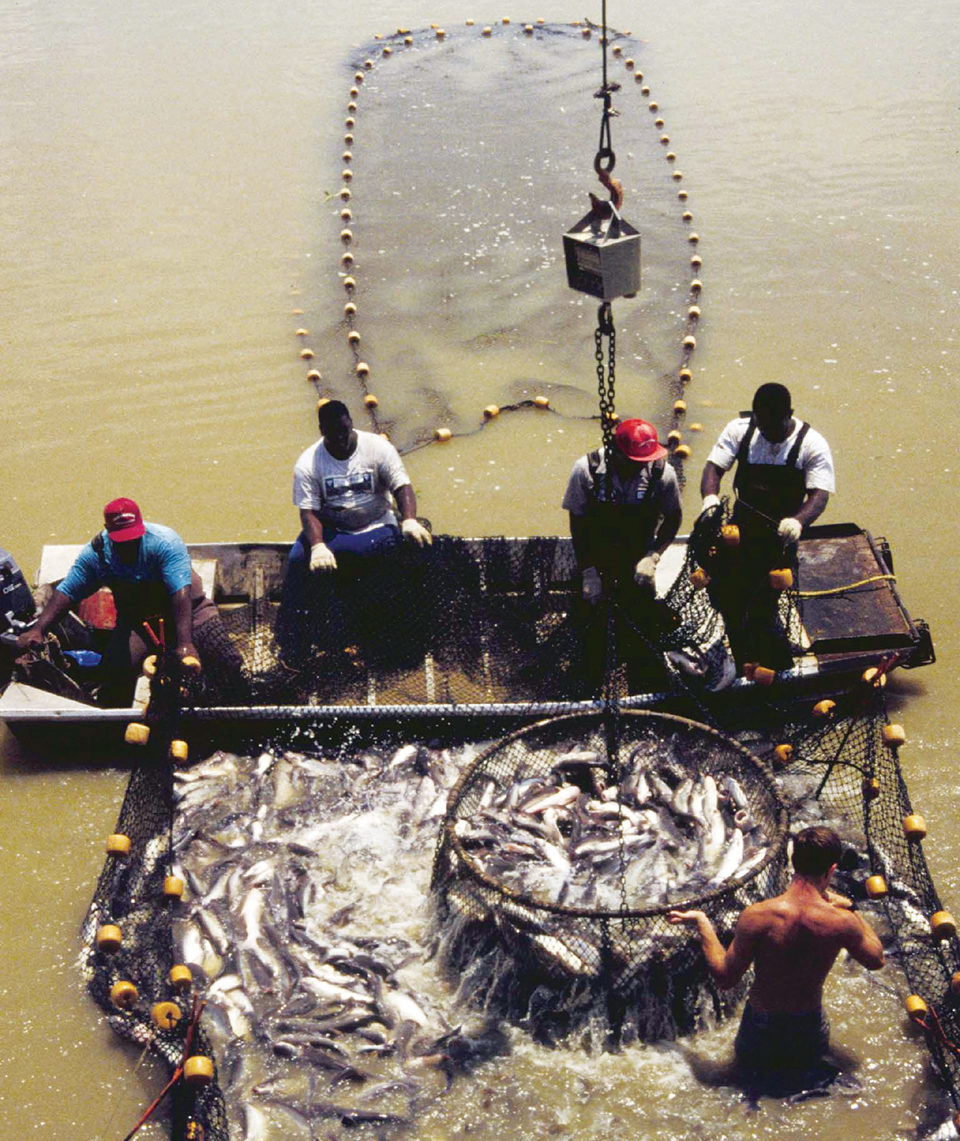
There is a wide range in channel catfish production rates in the United States. Some farms average less than 4.5 metric tons (MT) per hectare (ha) net production from earthen ponds, while others produce over six times that amount. Increasing yield does not necessarily equate to higher net profits, especially in the current situation with low fish prices and high feed and fuel costs, but higher production has historically resulted in higher profits.
While economy of scale is generally considered to favor larger farms, this may not hold true with intensifying production. Ponds must be managed as individual units to maximize production, which is much more difficult at larger farms, where the labor force is generally stretched thinner than at smaller farms. Stocking, feeding, harvesting, disease and off-flavor treatments, and other management activities all need to be done on each pond when needed, not a day, week or month later.
Off-flavor management
Off-flavor management is a good example of a practice that requires regular attention. Some large farms do not manage ponds individually for off-flavor. Fish are periodically sampled from ponds that are ready for harvest or partial harvest, and ponds that are “on flavor” are harvested. Harvests of some individual ponds may be delayed for months due to off-flavors, greatly impacting feed conversion, production and profits.
To maximize production, farmers should begin flavor checking ponds a month or two before they are due for harvest. Management can then institute plans to correct those that are off flavor and maintain those that are on flavor, so each pond is harvested on schedule.
Aeration
Increasing aeration is one of the single greatest factors in increasing production rates. Farms can feed only about 34 kg feed per ha per day and produce about 2 MT catfish per ha without additional aeration. Feeding and production rates above that are roughly proportional to available aeration.
Most U.S. farms now have 3.7 kW per ha of electric aeration, but some have twice as much. As more aerators are used in each pond, computerized oxygen monitoring and control equipment become economical.
Stocking rates
One of the first steps usually taken to increase production is to increase the stocking rate. However, increasing the stocking rate also results in a reduced individual growth rate and longer time to market.
Since mortality can average 12 to 24 percent annually, an extended production cycle can have a big impact on feed conversion. Every 0.5-kg fish that dies takes with it about 1.0 kg of feed. Thus, it is important not only to stock more fish, but to grow them to market size as quickly as possible.
Dissolved oxygen
Maintaining higher minimum dissolved-oxygen (D.O.) concentrations can have a big impact on growth and production. Recent research has shown that if the morning D.O. concentration is maintained at 2.5 mg/L or above, both feed consumption and growth can nearly double, reducing the production cycle by up to a year. The person who feeds is critical and should have a vested interest in the profitability of the farm.
Record keeping
Good record keeping is also essential. Computer-based production management systems are valuable for tracking inventories, mortality, feeding and treatments. They can typically generate summary reports that not only help to establish stocking and harvest schedules, but assess production efficiency by pond.
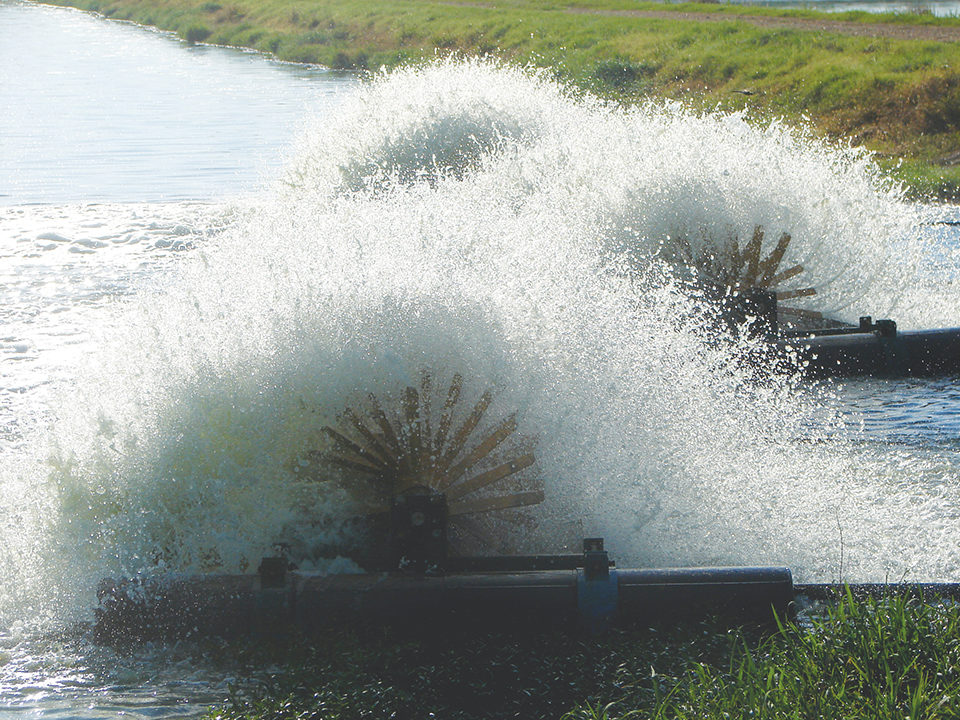
Pond access
All-weather access to every pond is necessary for feeding, harvesting and even nightly oxygen checks. It may take weeks to schedule the harvest of a given pond for a processor. If that date is missed because the live haul truck can’t access the pond due to rain, it can take weeks to reschedule. Every day that the harvest is delayed costs in terms of poorer feed conversion, reduced growth and potentially catastrophic losses of fish that could have been sold.
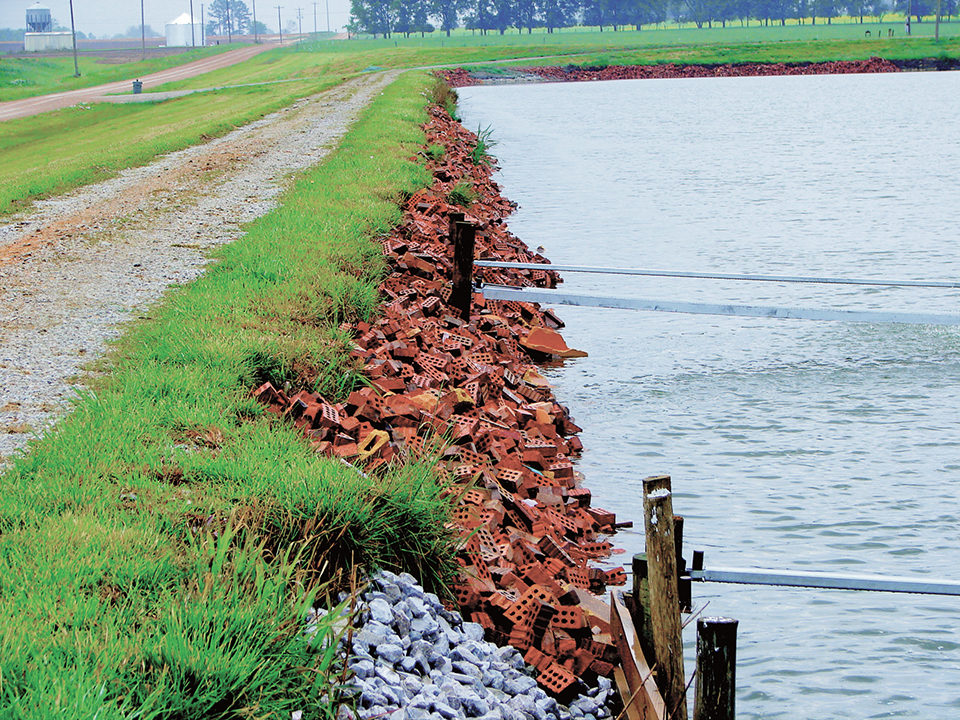
Multibatch production
The multibatch method of catfish culture is a continual production process that relies on periodic harvesting of fish as they reach market size and restocking of fingerlings to replace them. While the effects of delayed restocking may not be seen for 18 months or more, they will be seen. Just as harvests must be completed on schedule to maintain efficiency, so must restocking.
Pond depth
Before permanent electric aerators were widely used, most ponds were built only deep enough to shade the pond bottom to prevent the growth of rooted aquatic vegetation. Thus many levee-type ponds were – and still are – built with a 0.9-meter average depth. Recent research has shown that after only a few years in production, erosion of the levees can reduce the effective depth by half.
It is very difficult to maintain adequate D.O. concentrations in shallow ponds. While optimum water depths have not been determined experimentally, most farmers appreciate the impact of increased water depth on fish production. Placing rip-rap on levees along the water line can reduce erosion and extend the useful life of a pond.
Secondary species
Some farmers pay their feed bills by marketing fish raised in polyculture with catfish. Other secondary species have management value even if they are not sold. Tilapia, for example, are effective as forage fish for channel catfish broodstock, and threadfin shad are widely used for forage, water quality improvement and as “indicator” species for poor water quality.
Diseases
Some farmers are somewhat fatalistic about fish diseases, accepting losses as just a cost of doing business. This is wrong. Many conditions are treatable and/or preventable.
Recording mortalities and routine diagnostic examinations of suspect ponds are necessary to determine causes and possible treatments. Many external parasites can be easily treated, and a new antibiotic is now available for major bacterial diseases. Maintaining recommended chloride concentrations can prevent methemoglobinemia (“brown blood”), and treating shorelines with copper sulfate or hydrated lime can reduce snail populations that harbor catfish trematodes. Even losses from toxic algal blooms can be minimized if identified and treated quickly.
Harvesting
The skill with which ponds are seined, the condition of the equipment and the harvest crew’s ability to hold and load fish during hot weather are all important. Food-size fish missed during harvest convert poorly as they get larger, and if they die before the next harvest or during delivery, they’re a total loss.
Improper sock-grading can result in submarketable fish sent to the plant, where they may be classified as weigh-backs and discarded or discounted. Using certified scales when loading and equipment that provides supplemental oxygen to hold fish can increase the actual delivery and sale of fish produced.
Continuing education
Many other factors can impact production. Catfish farming is a demanding and complicated enterprise, but research is filling in the blanks continually. All farmers, even experienced ones, need to hone their skills by receiving trade journals and research newsletters, and attending training workshops and industry conventions.
When they hear about something new, farmers should contact their state aquaculture extension specialist or local research center for more information. Farmers cannot do much about the market price of catfish, but by operating efficiently, they can increase production and minimize costs.
(Editor’s Note: This article was originally published in the July/August 2008 print edition of the Global Aquaculture Advocate.)
Now that you've reached the end of the article ...
… please consider supporting GSA’s mission to advance responsible seafood practices through education, advocacy and third-party assurances. The Advocate aims to document the evolution of responsible seafood practices and share the expansive knowledge of our vast network of contributors.
By becoming a Global Seafood Alliance member, you’re ensuring that all of the pre-competitive work we do through member benefits, resources and events can continue. Individual membership costs just $50 a year.
Not a GSA member? Join us.
Author
-
Eugene L. Torrans, Ph.D.
Thad Cochran National Warmwater Aquaculture Center
USDA ARS Catfish Genetics Research Unit
P.O. Box 38
141 Experiment Station Road
Stoneville, Mississippi 38776 USA
Tagged With
Related Posts
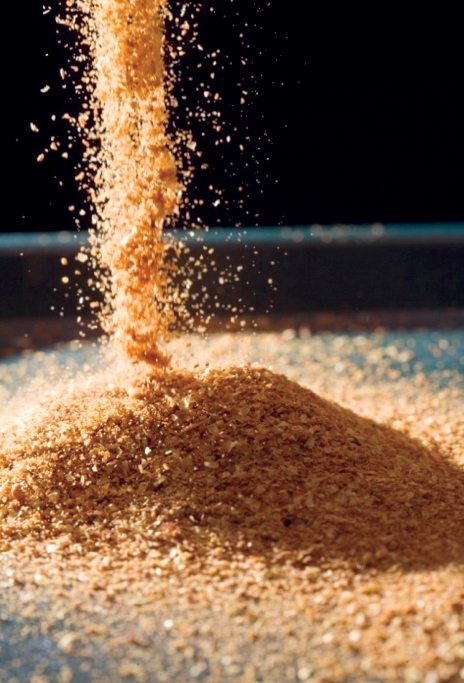
Aquafeeds
A look at corn distillers dried grains with solubles
Corn distillers dried grains with solubles are an economical source of energy, protein and digestible phosphorus to reduce feed costs and fishmeal usage.
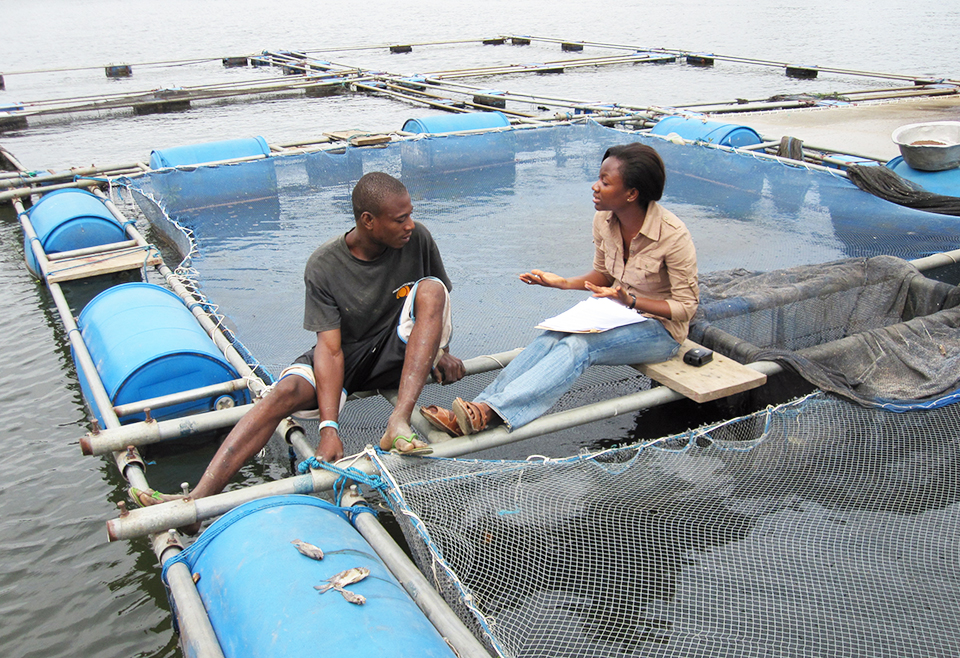
Health & Welfare
A look at tilapia aquaculture in Ghana
Aquaculture in Ghana has overcome its historic fits and starts and is helping to narrow the gap between domestic seafood production and consumption. Production is based on Nile tilapia.
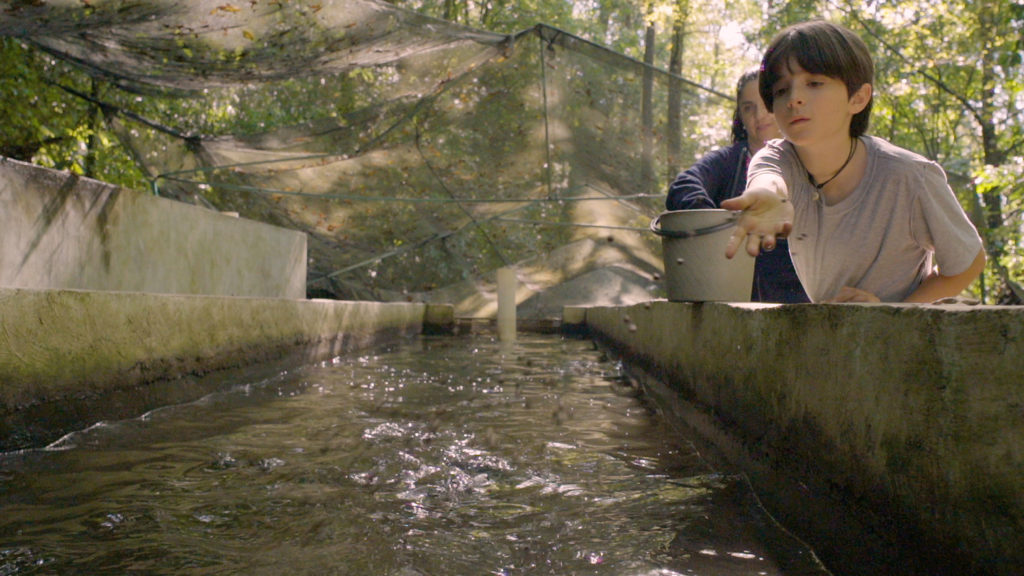
Intelligence
A motive, and a market, for farmed fish in Mexico
Boasting ample areas for aquaculture and a robust domestic demand for seafood – not to mention its close proximity to the U.S. market – a land of opportunity lies in Mexico. Fish farming is primed to meet its potential south of the border.
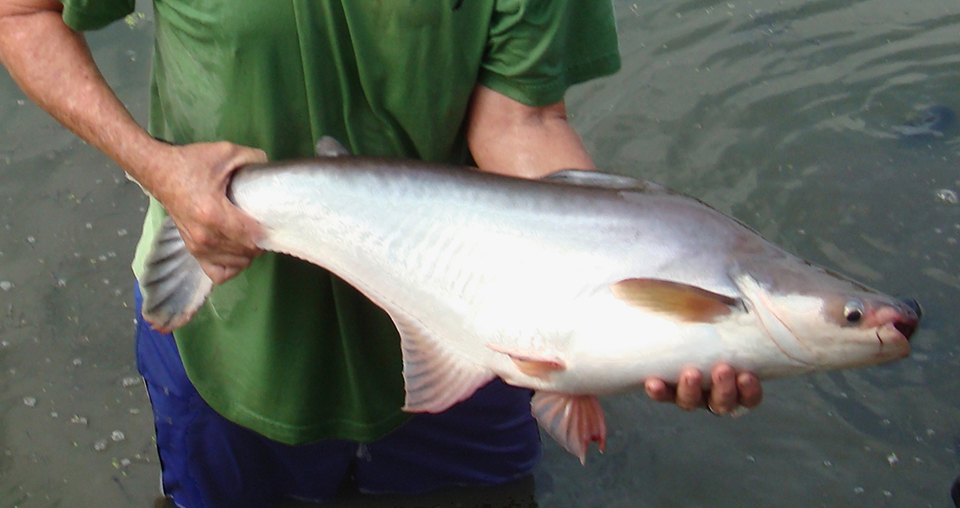
Health & Welfare
Advances in fish hatchery management
Advances in fish hatchery management – particularly in the areas of brood management and induced spawning – have helped establish aquaculture for multiple species.


